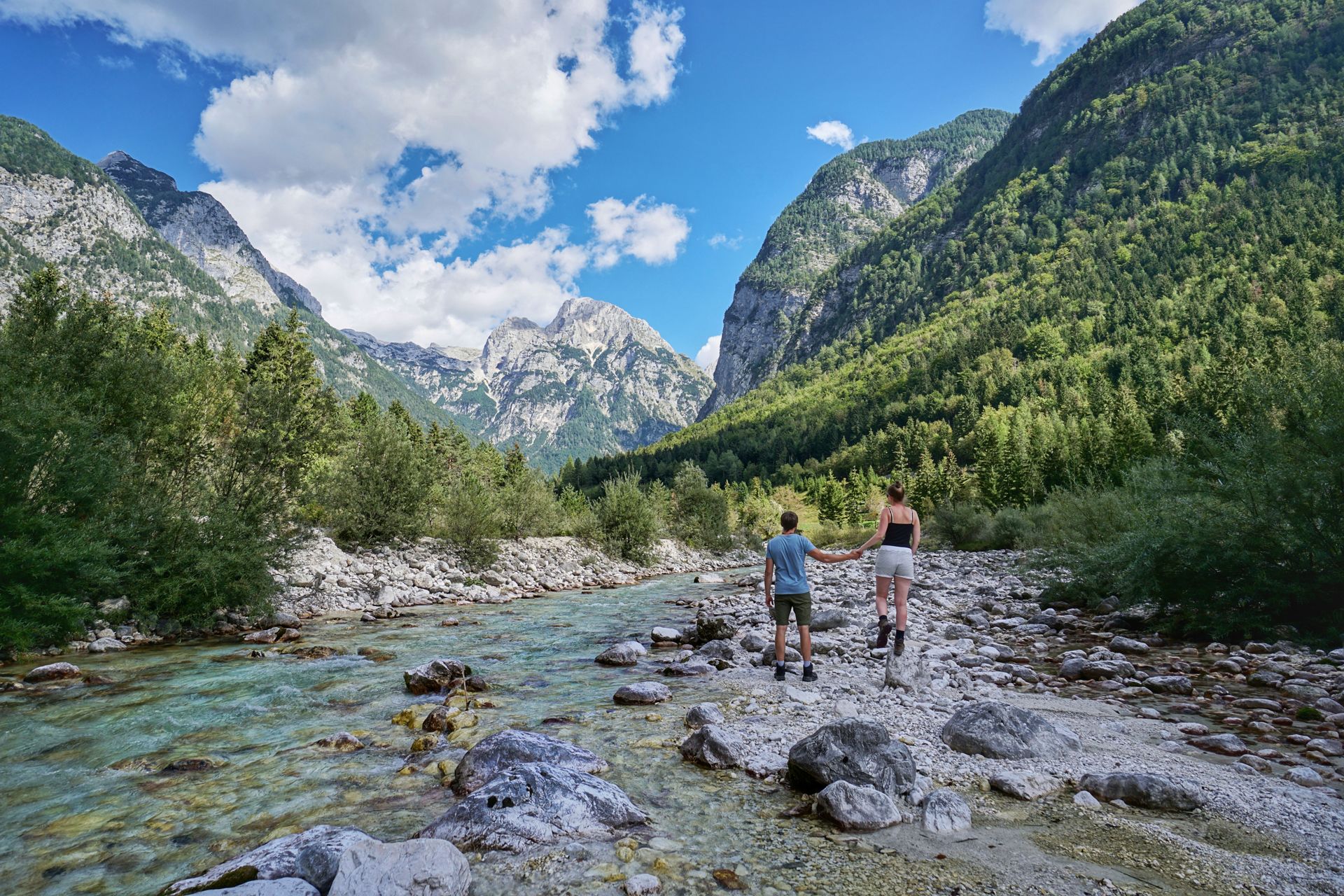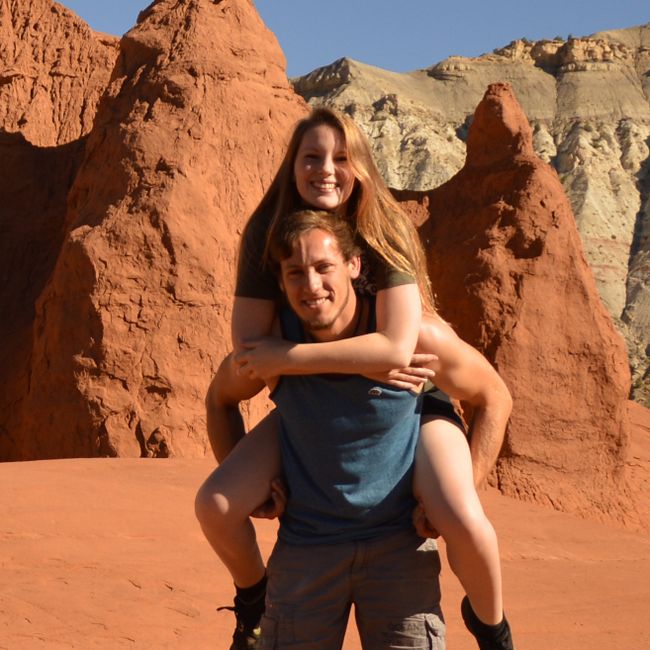9. Stop: No fun zone, um Malaysia
Pubblicato: 23.08.2019
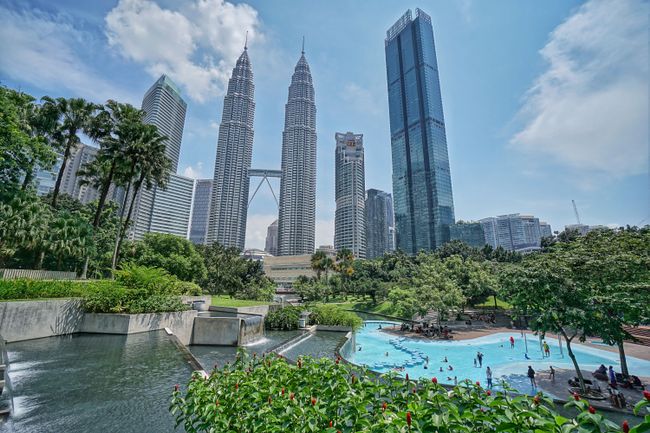
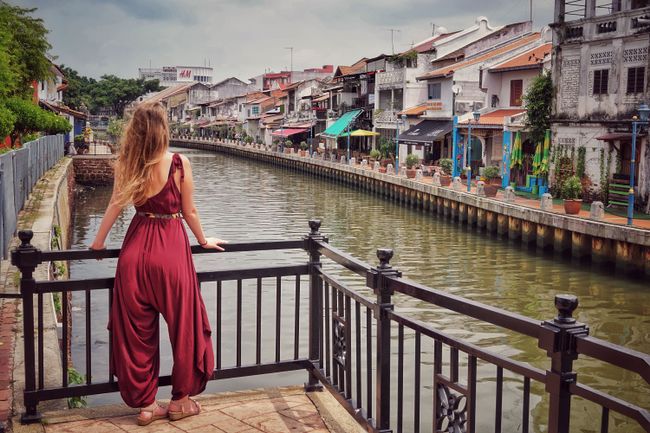
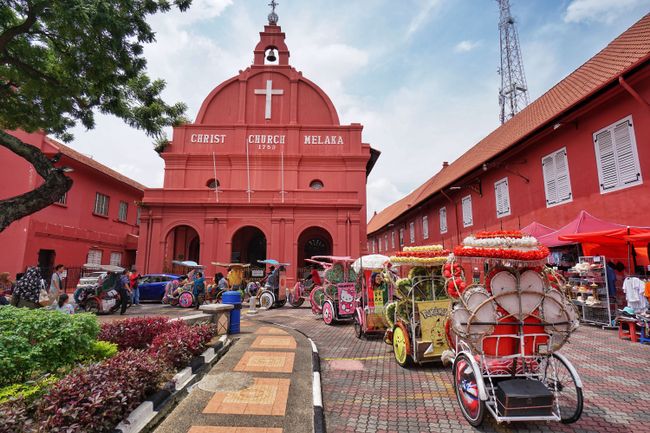
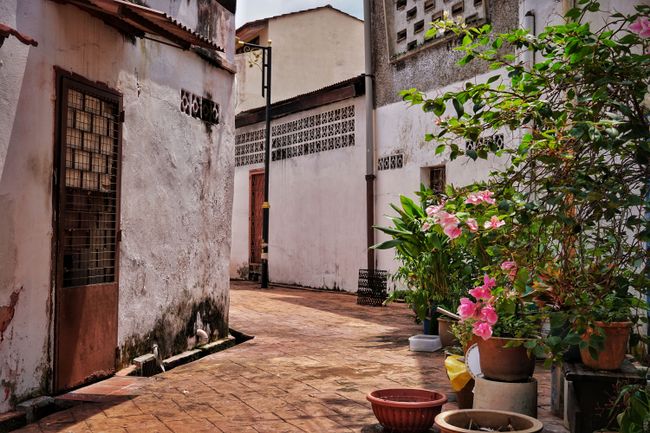


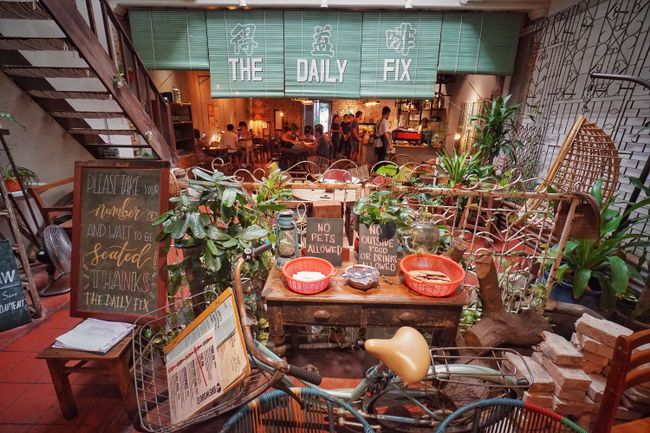
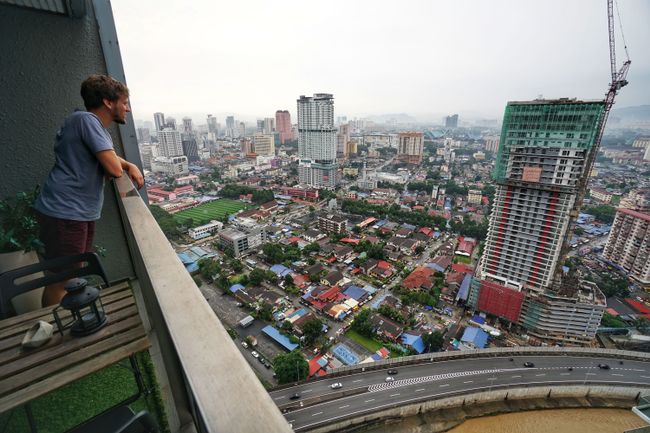
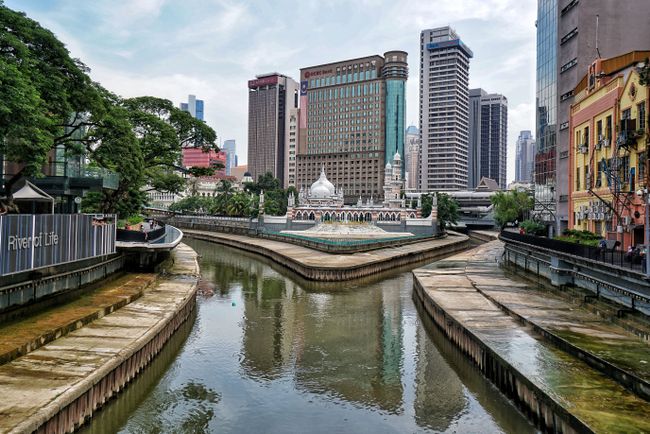
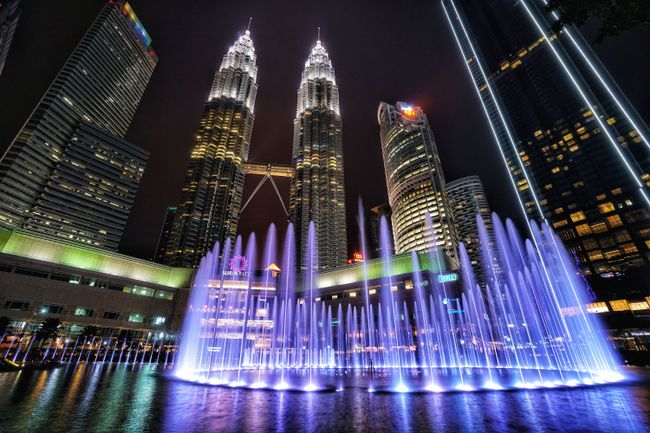
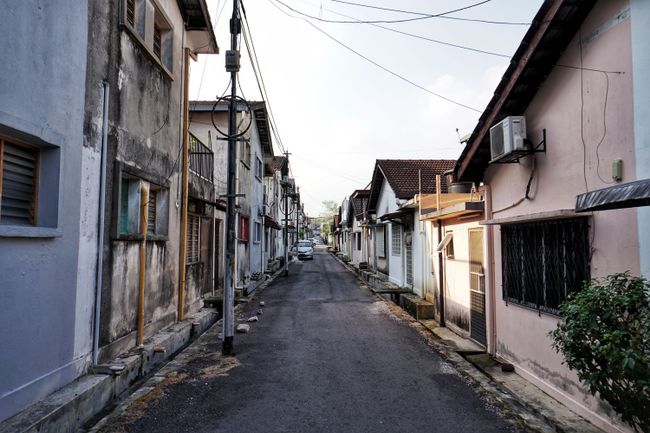

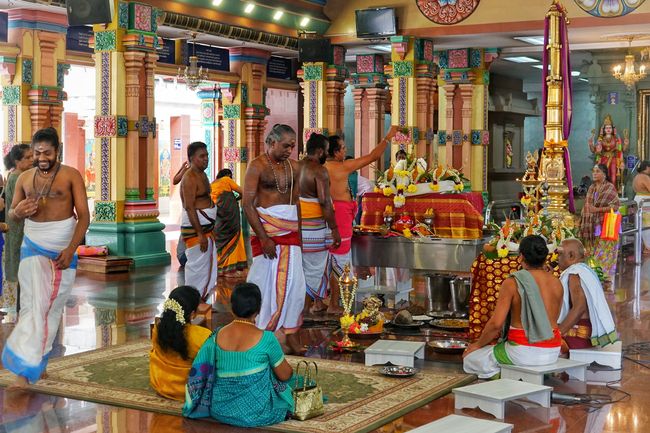
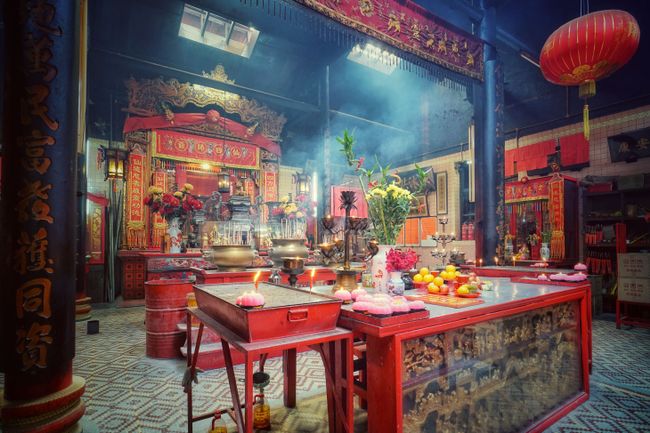
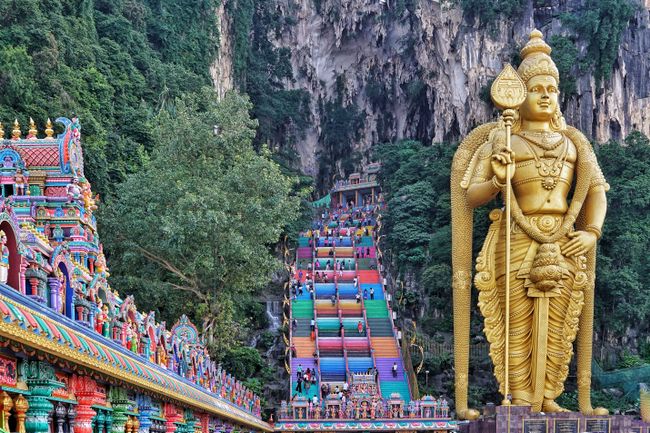
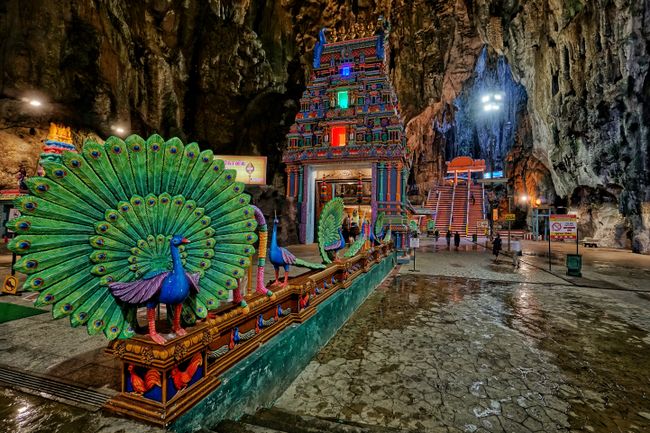
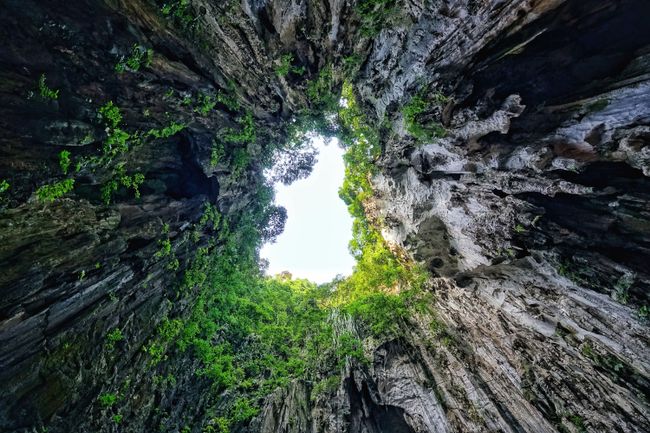
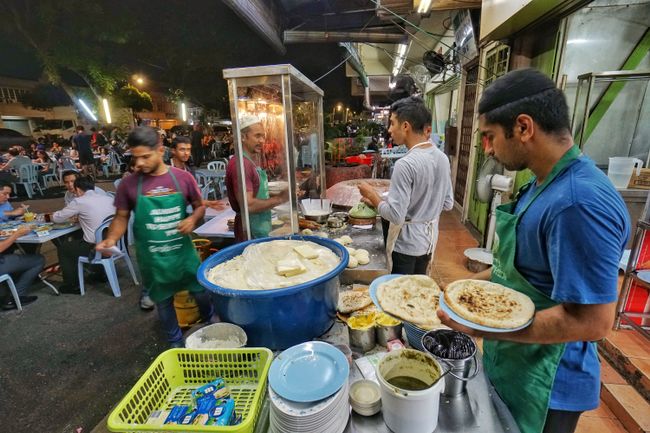
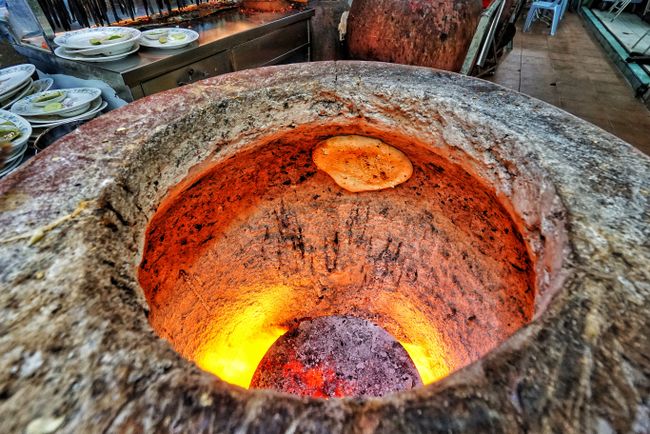
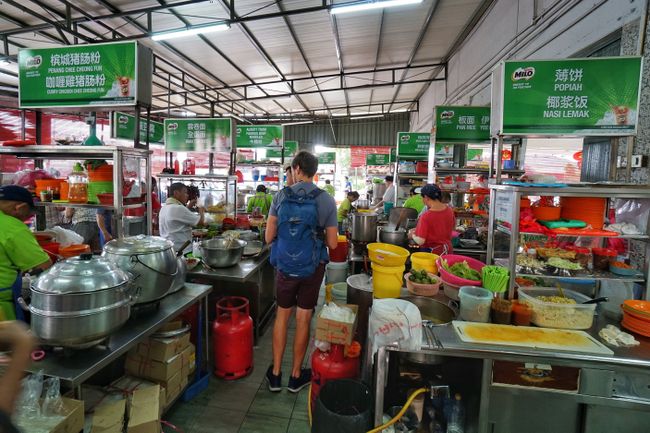
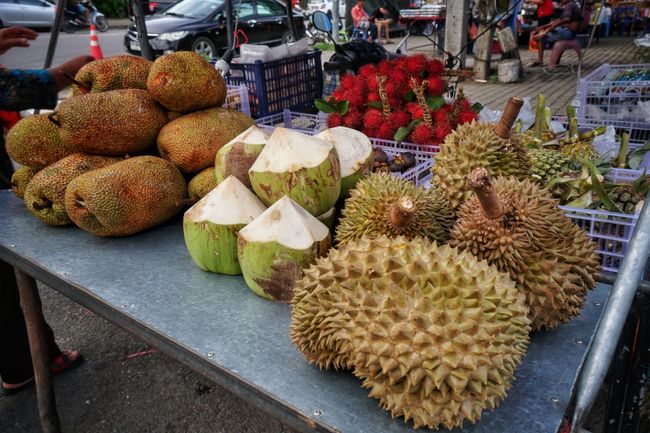
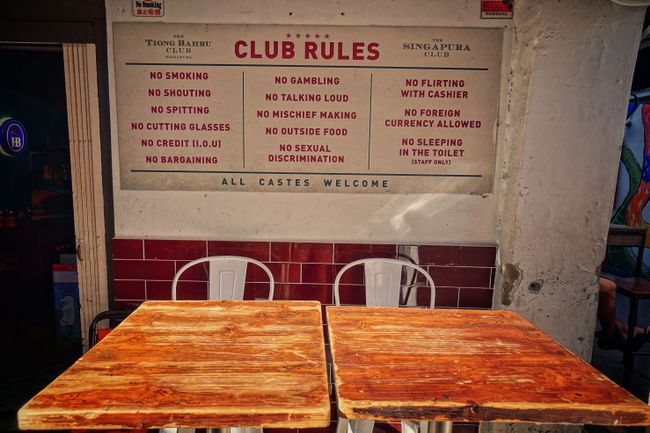
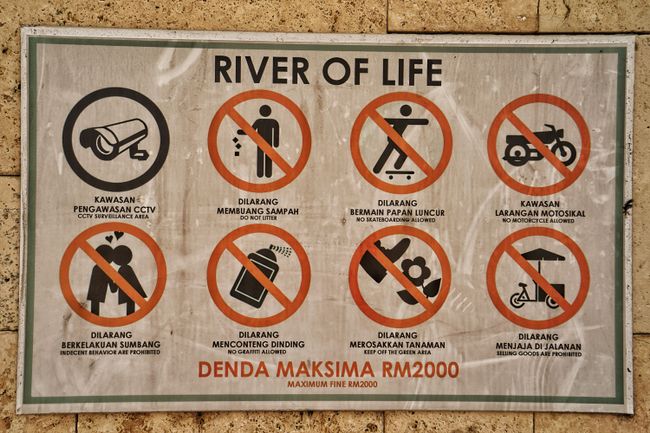
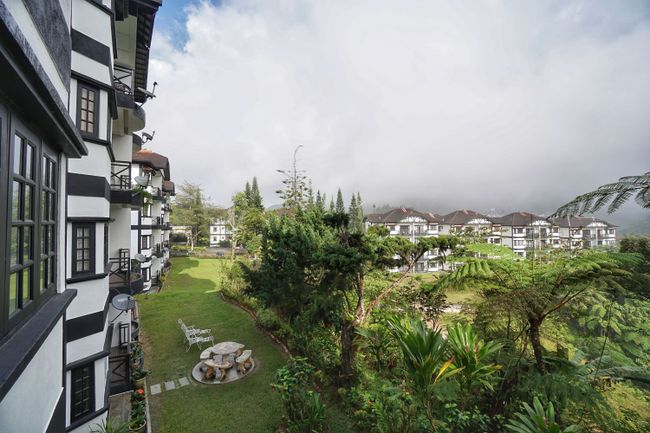
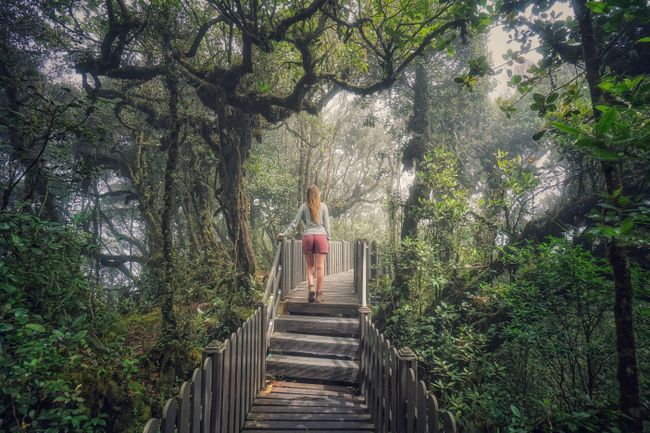
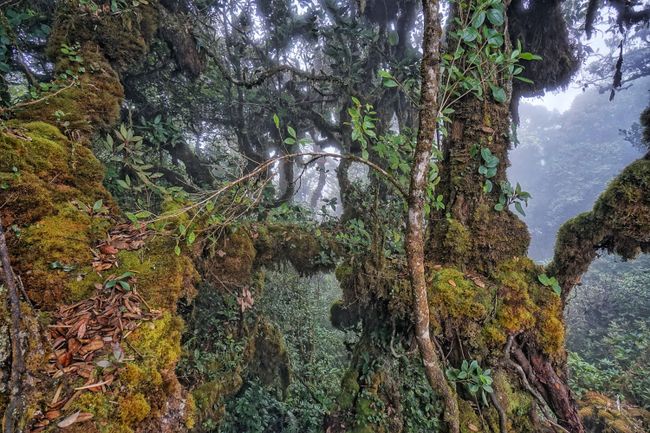
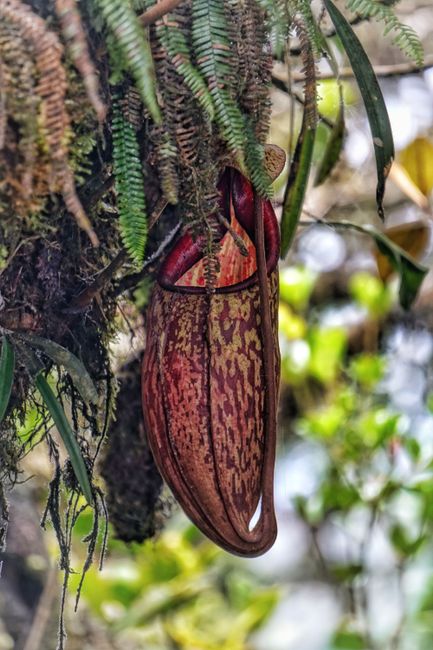
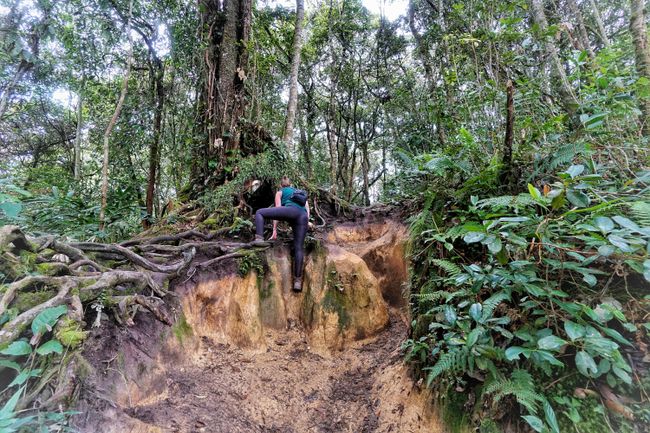
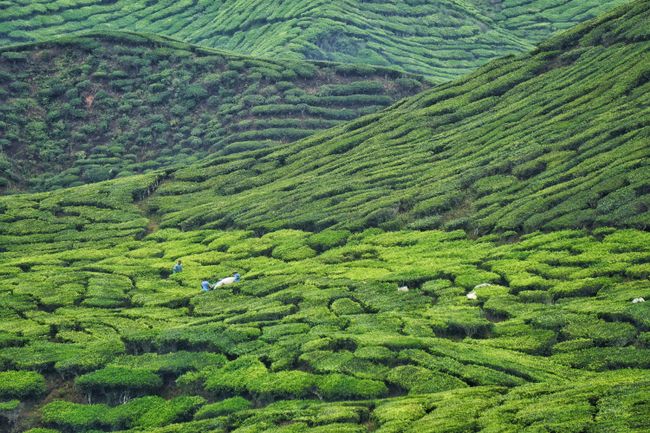
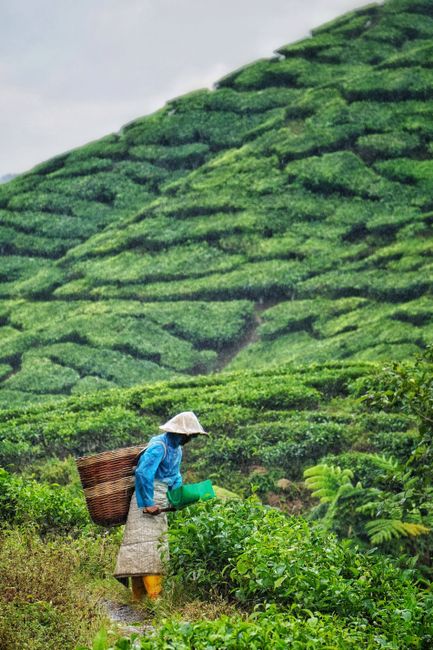
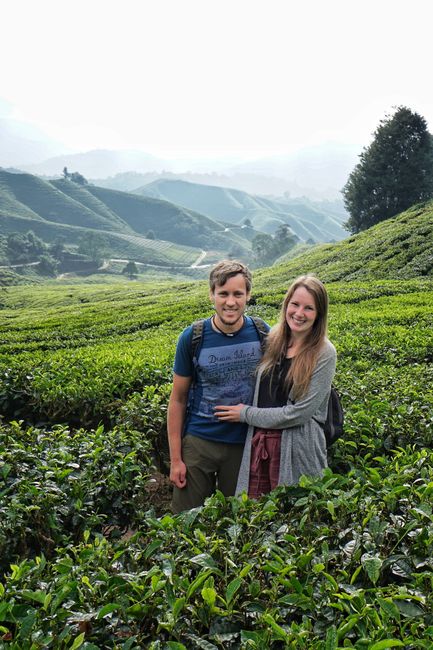
Iscriviti alla Newsletter
Although we would have liked to stay longer in Singapore, there is actually a huge disadvantage: it is incredibly expensive to stay there. That means after a few days we had to head to a new destination and what could be more obvious than Malaysia? So we took the bus for hours through palm plantations to Melaka, a city with UNESCO World Heritage status. Before Singapore, Melaka was the center of shipping trade and a large part of the cargo from freight ships was loaded and unloaded here. This is why Melaka was occupied by the Portuguese, then the Dutch, and finally the British for centuries, all of whom shaped the cityscape. So it is not surprising that this city still thrives on its former wealth. Unfortunately, little remains of the busy streets, magnificent buildings, and diverse culture. Instead, the tourist streams from Asian countries like China, who want to admire the "European" buildings here, need to be entertained, which is best done through kitsch and shopping centers. The beautiful city with its old buildings and small lanes is slowly decaying. However, if you go your own way away from the tourist kitsch, Melaka feels like a fairy-tale city that just needs a little dusting off.






Due to its history, Melaka was not very representative of Malaysia, so we wanted to see the real Malaysia and moved on to Kuala Lumpur, the capital and largest city with 7.25 million inhabitants. The first thing you see is huge high-rise complexes with (roughly estimated) 600 apartments per building, which seem to sprout up completely randomly and chaotically. Kuala Lumpur itself is much dirtier and poorer than Singapore, but comparable in terms of cityscape. There is also a famous high-rise building here, the Petronas Twin Towers, which is the focal point. Parks and many gigantic shopping centers have been built around it, some of which are connected by kilometers of aisles. An evening water show in front of the Petronas Twin Towers was also a must. To be honest, we had the feeling the whole time that Kuala Lumpur is trying to emulate Singapore, but is not quite able to keep up, which leads to a rather unsightly transformation of the city.

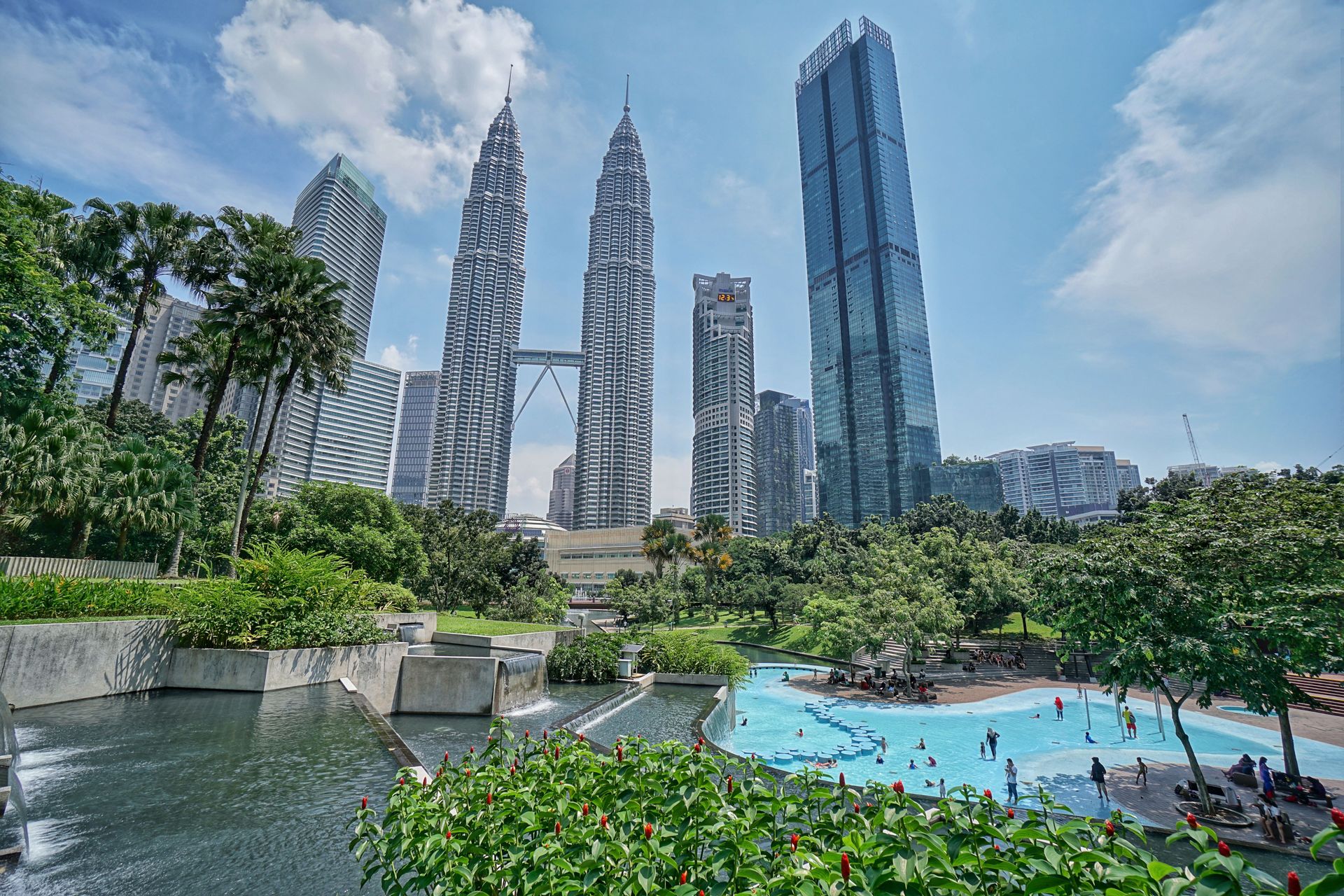
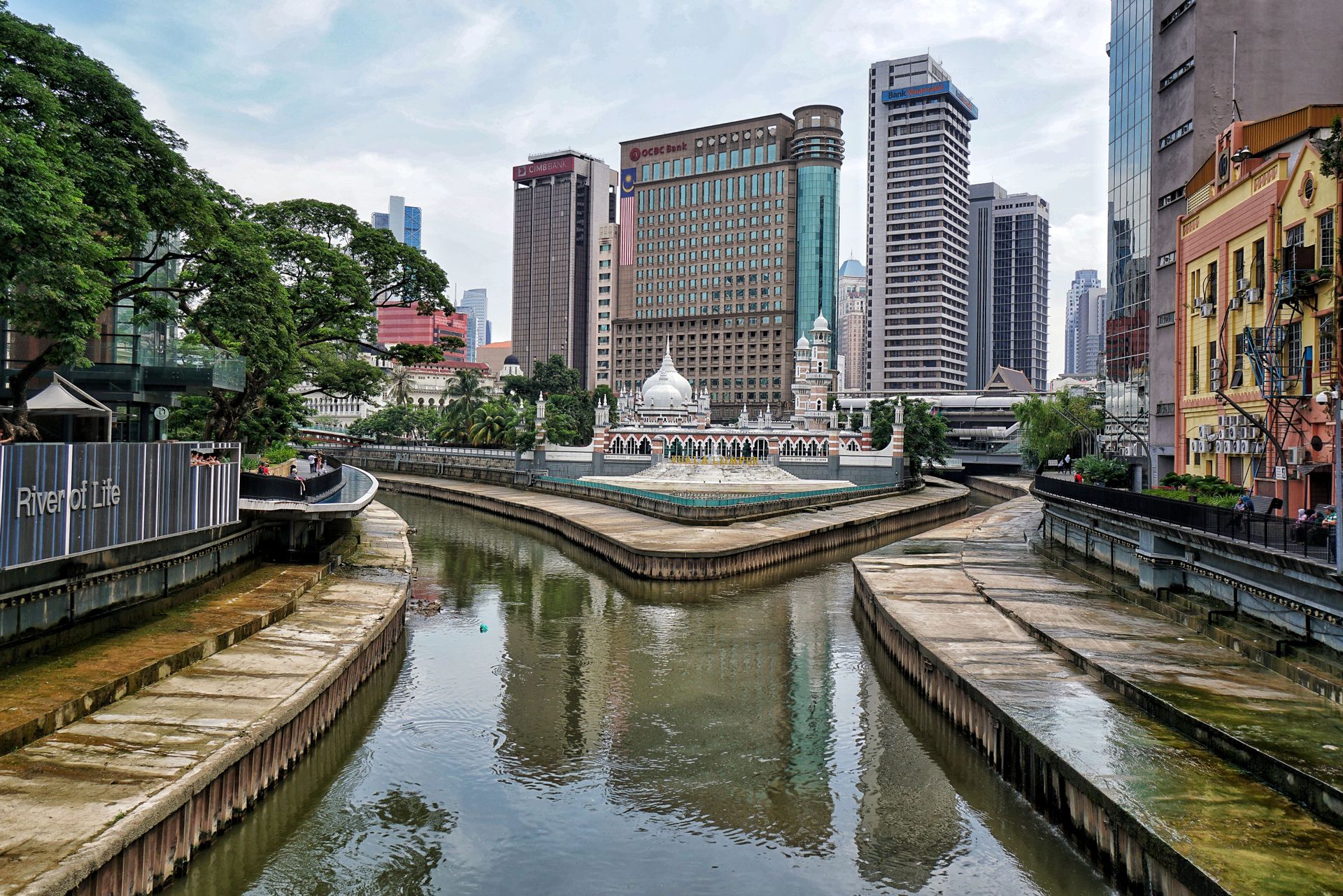

In the outskirts, however, the inhabitants have protected their old cultures from this modern transformation. Around every corner you can find small temples, mosques, and old government buildings where you can enjoy peace away from the hustle and bustle of the city.
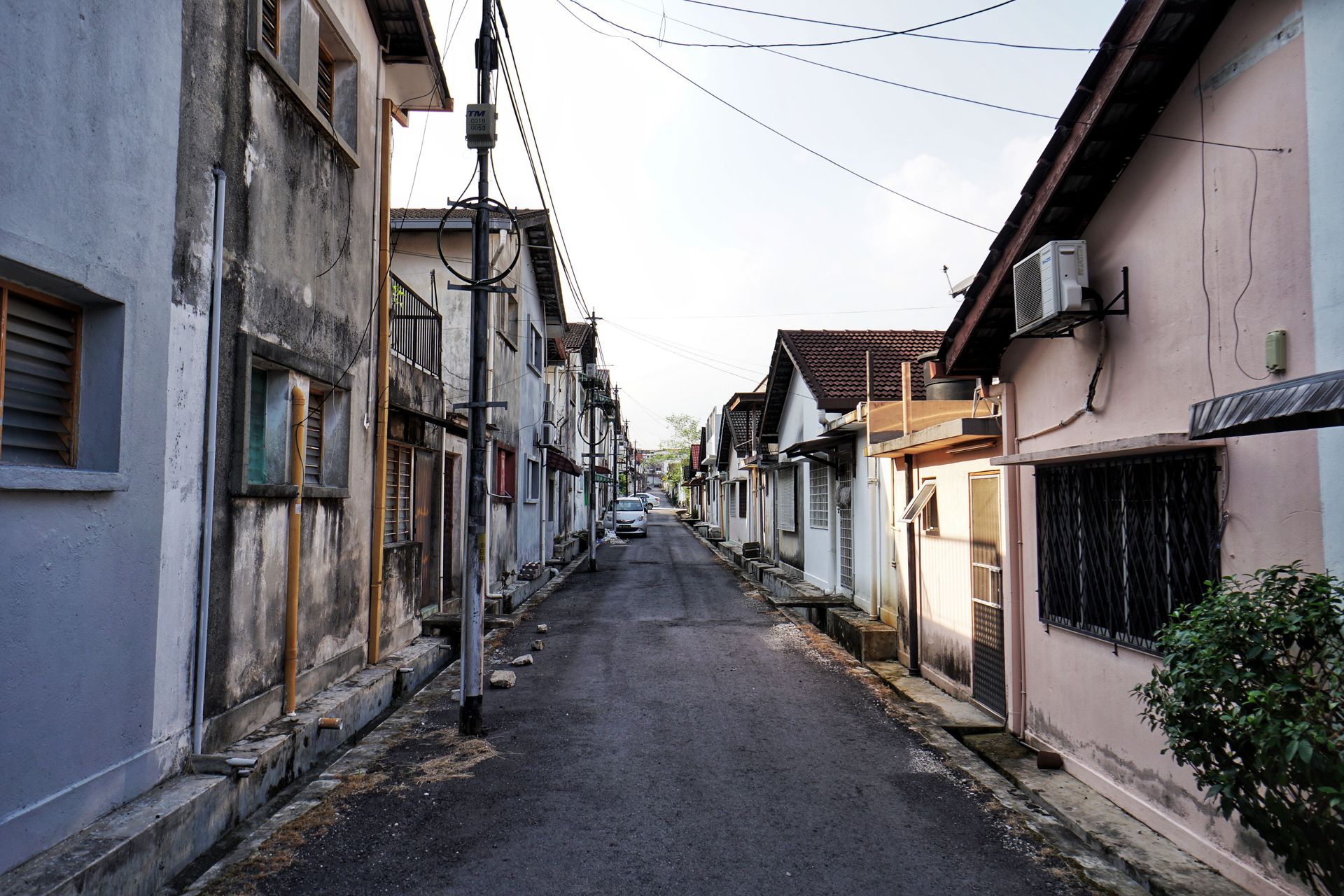

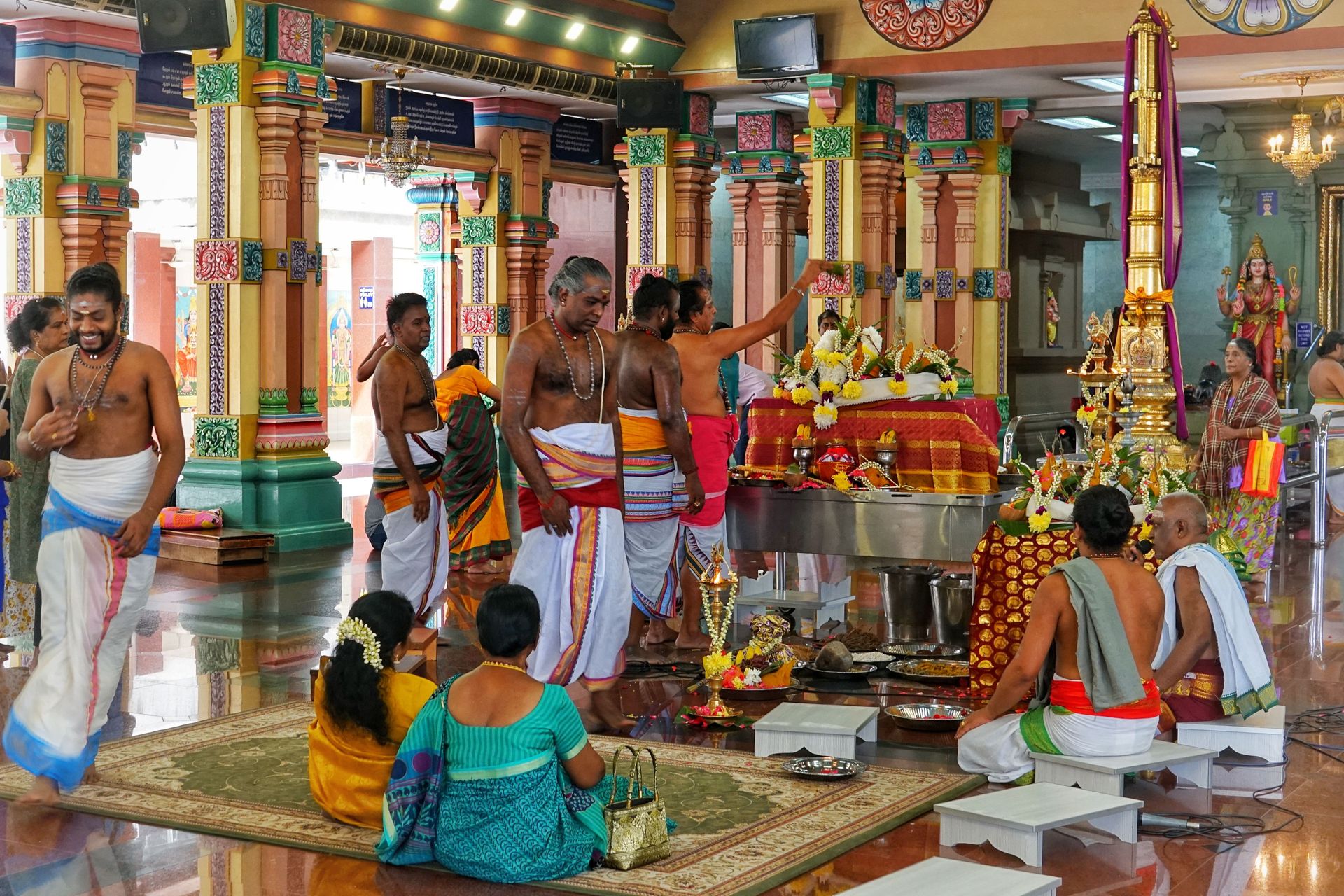
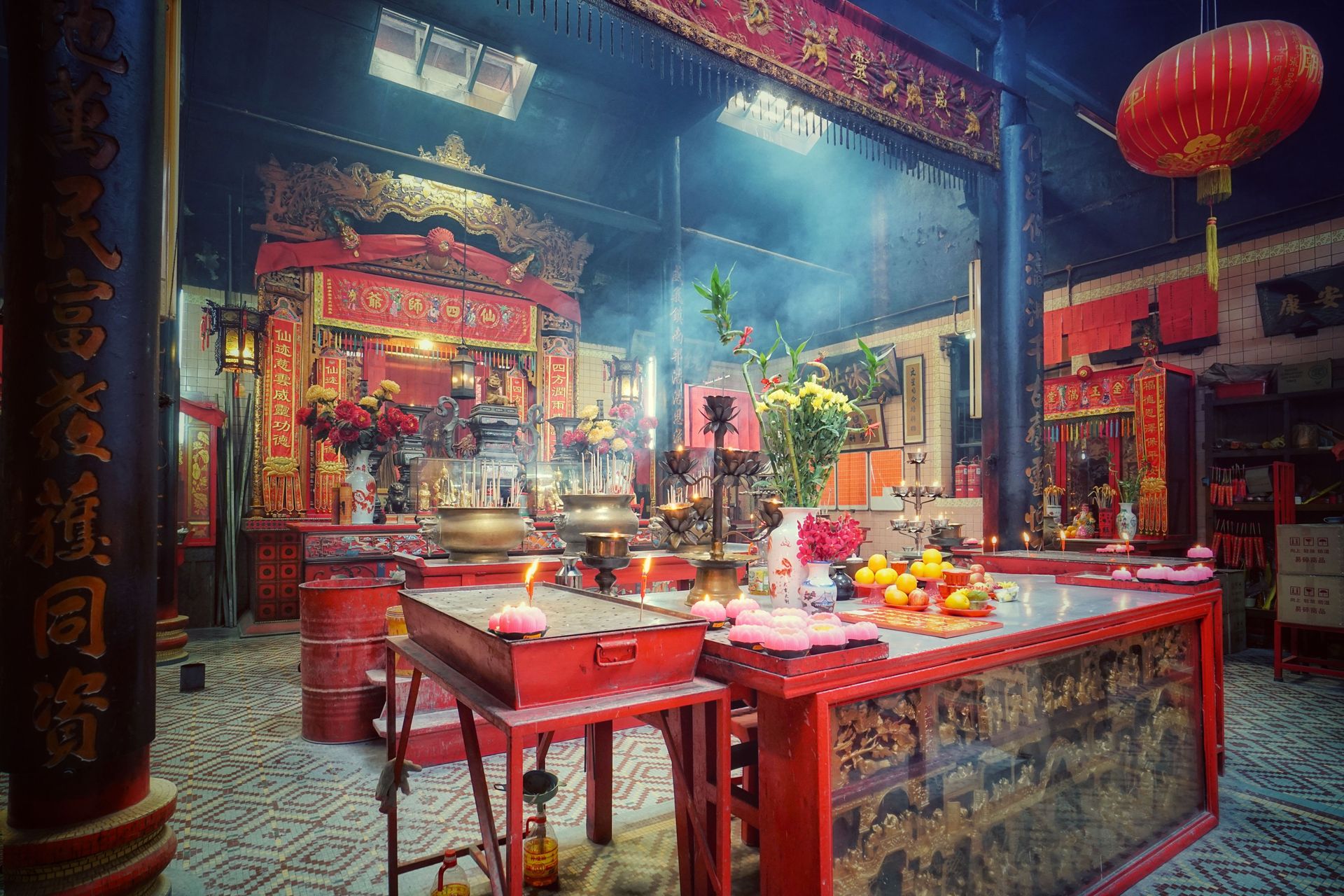
The Batu Caves were also absolutely extraordinary, a cave system that serves as a Hindu temple complex. The caves themselves are gigantic and are repeatedly flooded with daylight through holes in the ceiling, which gives them a truly magical atmosphere. The shrines inside and in front of the cave entrances are very colorful and kitschy, and the highlight is the golden Lord Murugan statue, a Hindu deity, which towers 42m high in front of the entrance to the largest cave. Since we were there very early in the morning, we finally had some peace in the caves before the Asian hustle and bustle of the big city swallowed us up again.



If you want to experience the most authentic side of Malaysia, then half of your day should revolve around food. This is mainly due to the fact that for people from Malaysia (and Singapore), there is absolutely no other topic of conversation than food, which means that the only thing that was always recommended to us everywhere were restaurants or certain dishes. Malaysians also like to call themselves "foodies". The reason for this love of food is certainly the cultural diversity, because in addition to the original Malays, there are also many Chinese, Indians, and Bangladeshis living in Malaysia. From this coexistence, entirely new cuisines and flavors have developed, and a variety of different dishes, which are rarely found in Asia. In addition to some really interesting dishes like Tandoori chicken and naan bread from a flowerpot oven, rojak (a fruit and vegetable salad with soy-shrimp paste dressing), and Nasi Lemak (coconut rice with fish sauce, vegetables, and chicken), we also had some total failures.

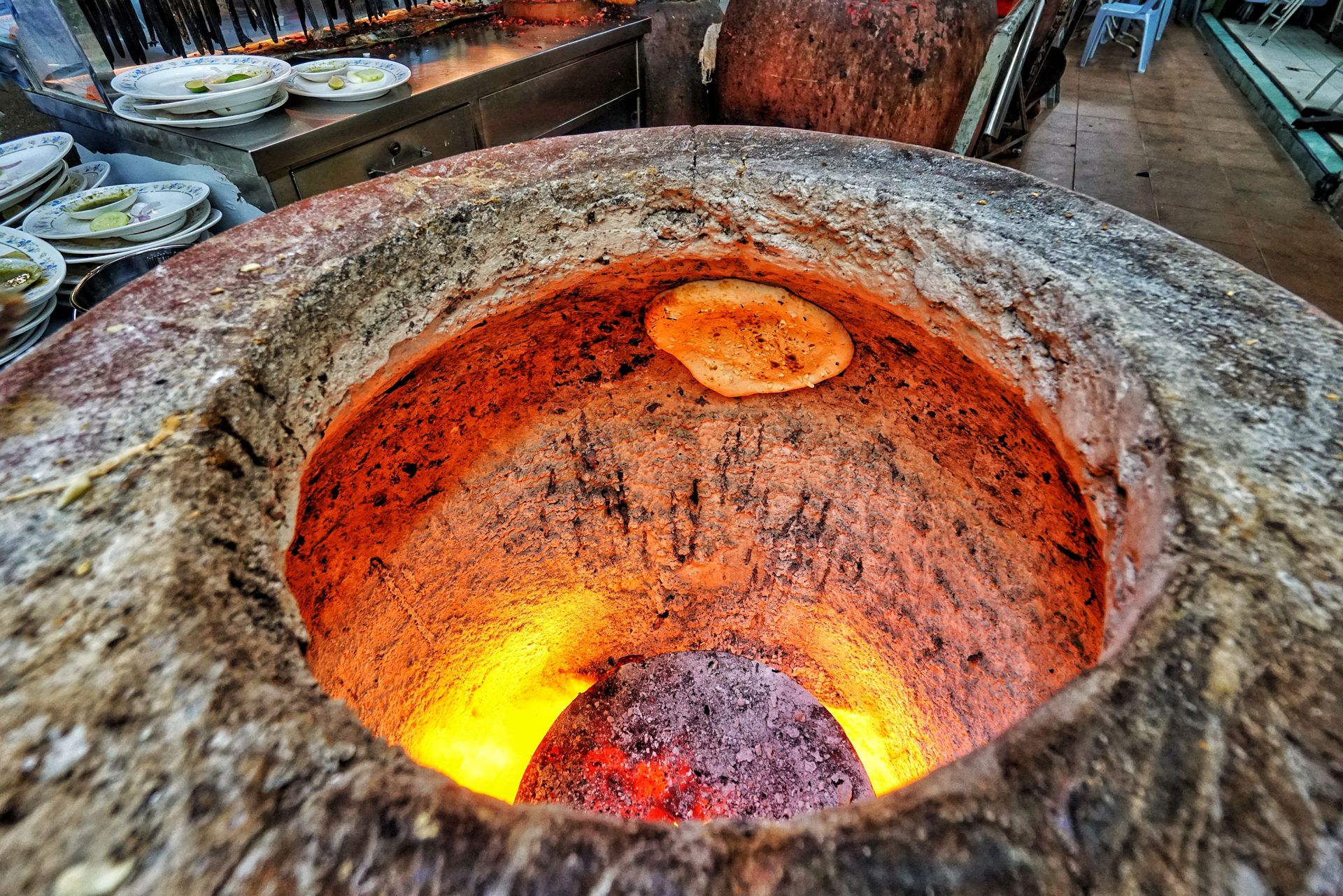

The worst recommendation was Durian. Durian, also known as the stink fruit or vomit fruit, is a prickly fruit the size of a head that smells incredibly disgusting (at least if you are not used to it). Imagine a mixture of excrement and fermented fruit for the smell. Unfortunately, the current (July and August) is the peak season for Durian, which is highly sought after by Asians, so it is sold everywhere on the streets, adding to the already unpleasant smell of the streets in Malaysia. Of course, we still tried the fruit because we thought so many people couldn't have such a taste distortion. We were wrong, we can now proudly claim that we have survived the most disgusting fruit in the world.
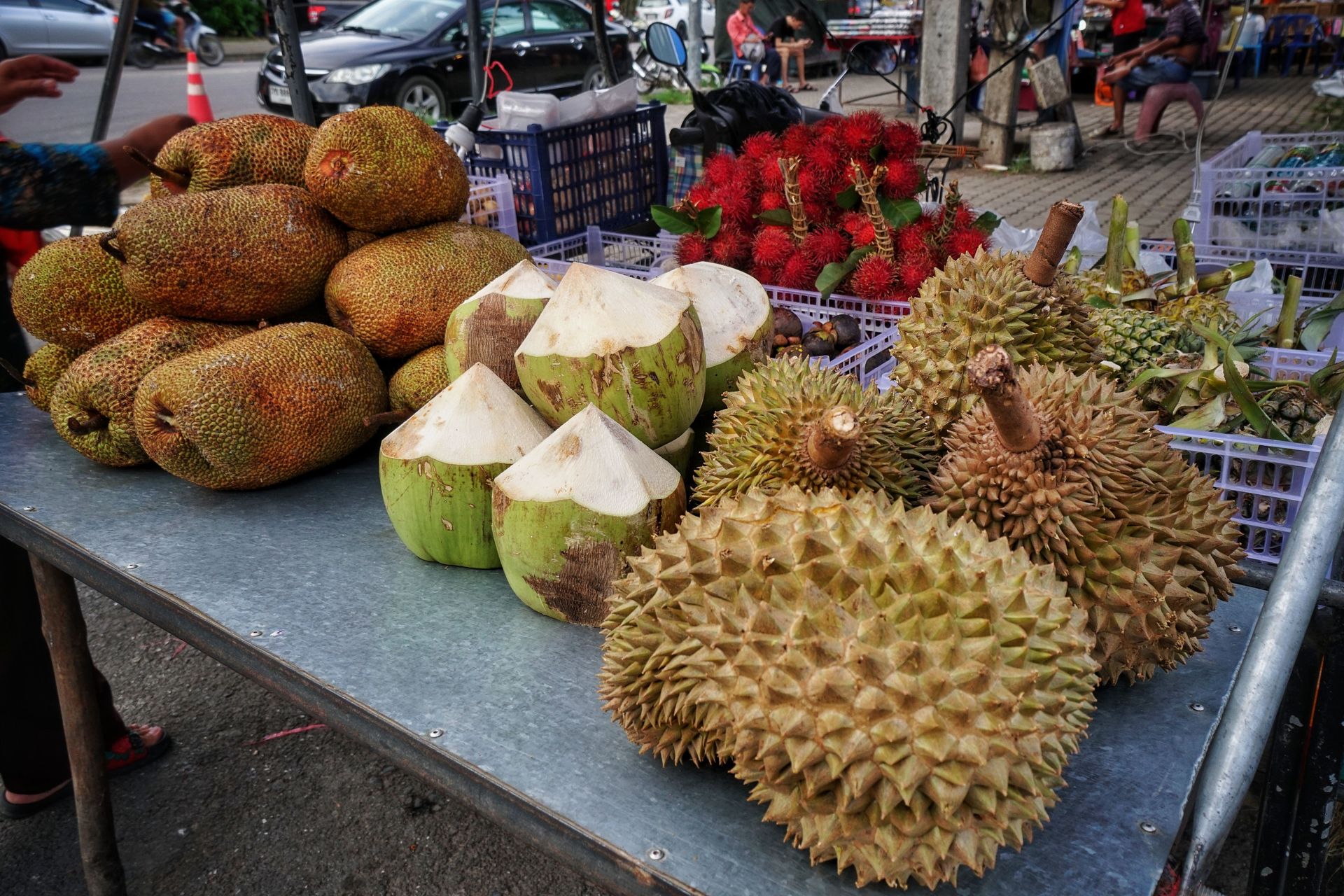
The biggest adjustment that has been somewhat challenging for us since our stay in Asia is not the food, but the limited sense of freedom. Firstly, due to our stays in hostels and Airbnbs, we are not as flexible as we were when camping and we cannot cook for ourselves anymore. Secondly, we no longer have our own means of transport, which means that every trip has to be planned and booked and depends on other people. And thirdly, the strict policies of some countries with numerous prohibitions lead to every small feeling of freedom being completely suppressed and we were constantly worried about breaking any laws with our behavior.
We experienced the most curious prohibitions in Malaysia and Singapore. Since Malaysia is a very strictly Muslim country and very conservative, it is not surprising that, for example, intimacies like kissing in public are forbidden. But here are some of our absolute prohibition highlights from Malaysia and Singapore (because actually, most of it just needs to be taken with humor):
- Kissing in public can lead to up to 20 years imprisonment and additional caning (Malaysia)
- Topless swimming is punishable by 3 years imprisonment (Malaysia)
- Suicide is a crime and (provided you are unsuccessful) can be punished with up to 1 year in prison (Malaysia)
- Homosexuality is punishable by 20 years imprisonment in Malaysia and 2 years in Singapore. We absolutely don't take this with humor!
- Durian (stink fruit) is prohibited in most public places due to its smell, but the fruit is extremely popular (Malaysia and Singapore)
- Being naked in your own apartment is a crime (Singapore)
- Possessing chewing gum is illegal (Singapore)
- Failing to flush the toilet can result in a €150 fine (Singapore)
- Urinating in the elevator is prohibited and elevators with urine sensors have been installed that sound an alarm and keep you trapped in the elevator if you break the law (and you get an additional fine for not flushing?) (Singapore)

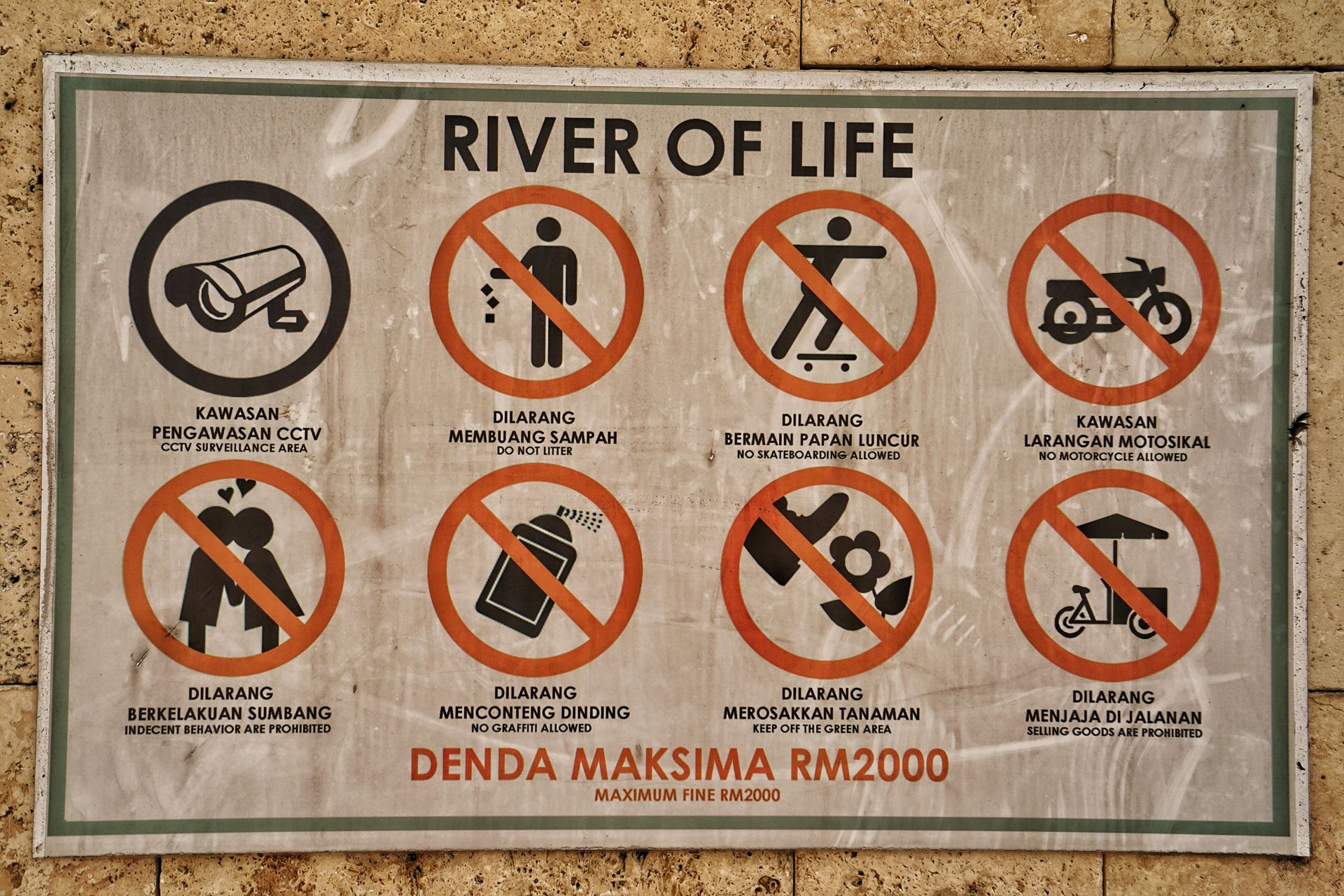
Perhaps this lack of freedom also explains why all the people here seem so serious and devoid of fun. Smiling or laughing people are rarely seen here and the fact that we are very cheerful people and laugh a lot is often viewed with great suspicion here. Of course, this is completely normal for the locals, but this serious way of life was very strange to us and we felt sorry for them (and we say that as Germans, not exactly a country known for its good mood and serenity).
To take a break from seriousness and cities, we took a bus to the Cameron Highlands in the north of Malaysia as our last stop. Although this area was surveyed by a Briton and then settled by the British, many buildings in the small villages resemble English neighborhoods, which was a welcome change for us.

But the reason for our trip there was not that the place has a European past, but that you can explore real jungle, cloud forests, and plenty of tea plantations. On a jungle tour, we learned a lot about the local plants, for example, that 80% of the plants in this cloud forest can be used for medical purposes. We also saw wild carnivorous plants and certainly the most moss-covered trees there are. Unfortunately, our guide also explained to us that the forest here, like almost everywhere in Malaysia, is being cleared more and more for housing and plantations. And many parts of the remaining forest have already been destroyed by Asian tourists who only come to take pictures and do not consider the nature at all. In large parts of Asia, environmental awareness is still not present at all. He made us laugh when he revealed his trick to prevent Asian customers from tearing off all the plants: instead of telling them that the plants can be used for medicine, he simply warns them that all the plants in the forest are highly poisonous. You just have to know how to help yourself.

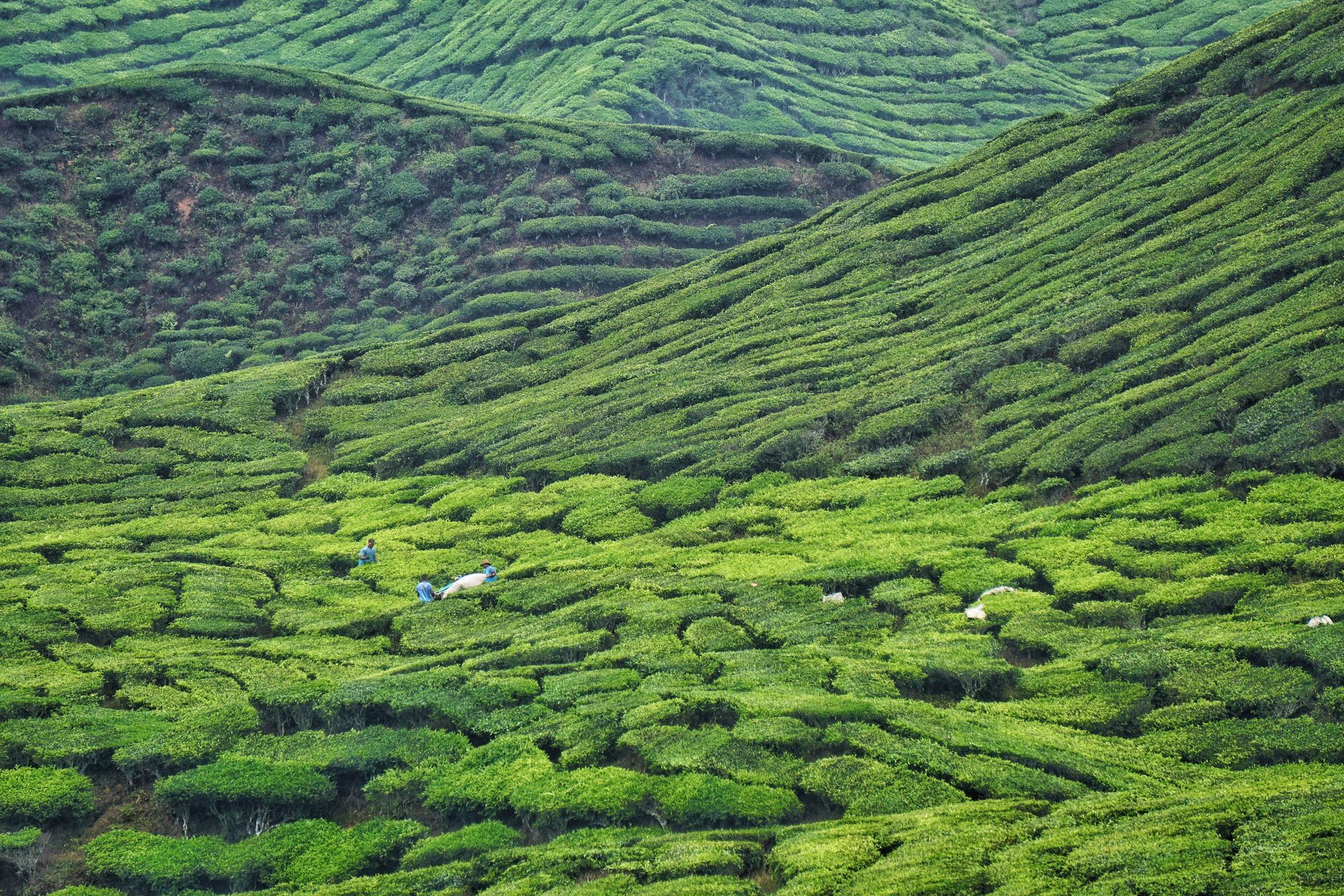


Because we were about to have a very special reunion in another country, the Cameron Highlands were our last stop in Malaysia. Malaysia was an exciting experience, especially due to the religious and political differences from our homeland and the strangely serious atmosphere in the country that we have never felt before. Nevertheless, we liked it here and we also know that our 10-day stay in the country was by no means a fair representation. We are sure that there is so much more to see and experience here, and someday we will return and discover the rest.
Bus song: Bus Stop - Andreas Moe
Iscriviti alla Newsletter
Risposta
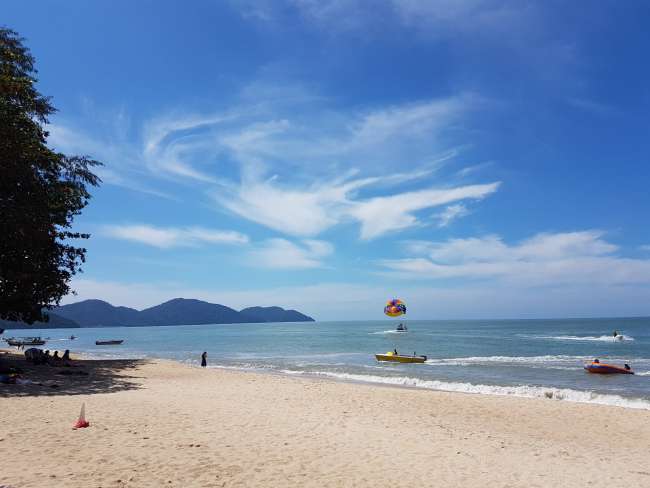
Rapporti di viaggio Malaysia
